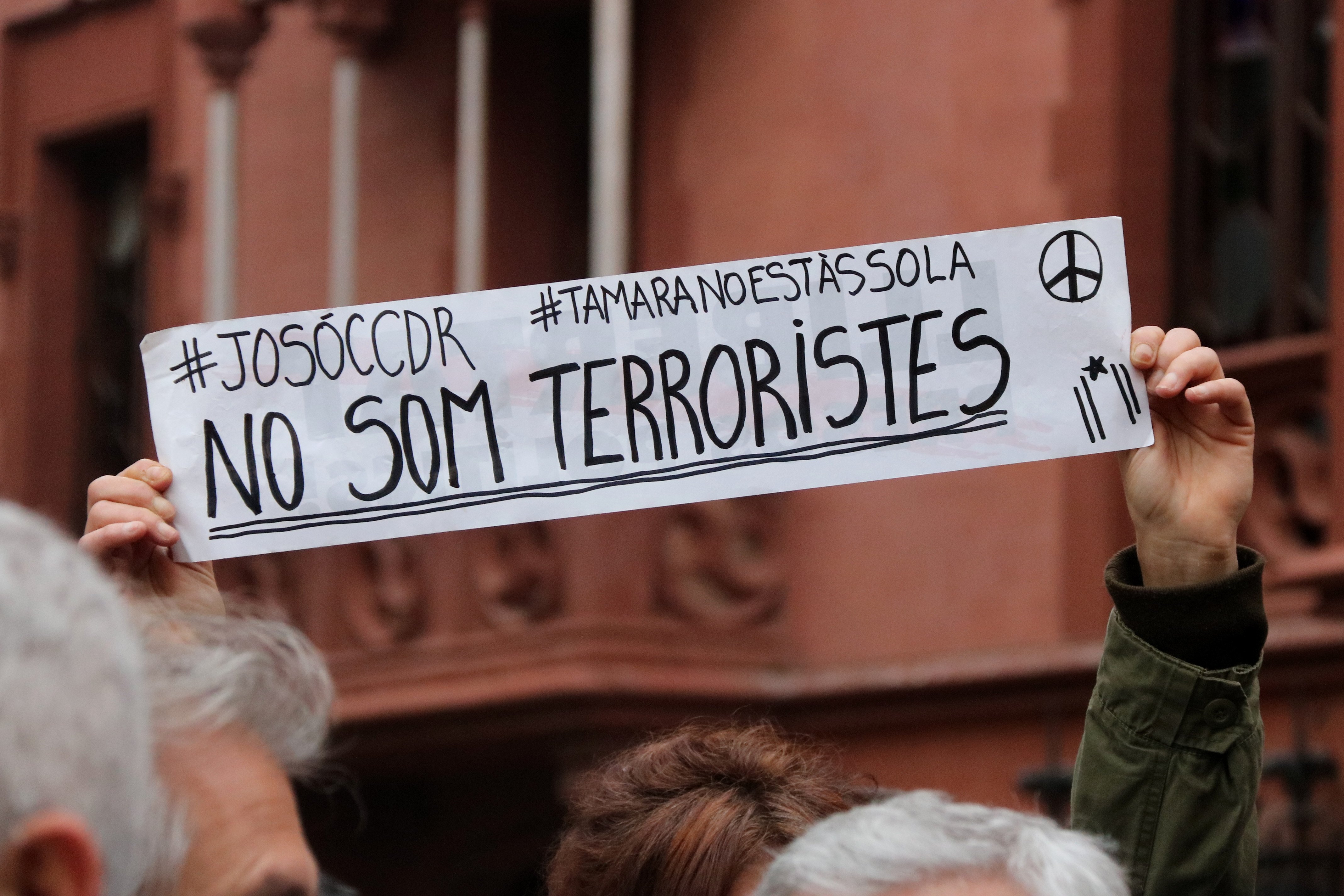A story of alleged violence -even accusations of terrorism and kale borroka (the name for urban guerrilla actions by Basque nationalists)- has surrounded the independence movement since the demonstrations and strikes held in Catalonia in recent months. This narrative has been used broadly by Spanish authorities, all based on actions like blocking roads and lifting toll barriers.
The narrative of generalised, and increasing, violence in Catalonia is contradicted by a new survey from the Spanish public Centre for Sociological Research. According to the survey, only 7% of Catalans have taken part in occupying buildings, sit-ins or blocking transport. This minority has stayed roughly stable since the equivalent survey following the previous election in 2015 when it was 6.4%.
The results show that 5.5% have taken part "on some occasion" in such actions, whilst those who have done so "on a number of occasions" are 1.5%. More than nine out of every ten Catalans say they have never taken part in such actions, specifically 92.4%, as compared to 93.3% in 2015.
Minority participation
CUP's voters are those most likely to take part in such actions, although it's still far from a majority of them who have. 10.8% of the far-left party's voters say they have taken part in multiple actions, whilst a further 21.7% say they have some time or other. Although this is much higher than for any other party, the majority of the party's voters (67%) deny having ever taken part.
For the other parties, the vast majority of their voters haven't taken part, at rates of almost or over 90%, whether on the pro-union side -Cs (97,6%), PP (96,9%), PSC (96,9%)- or the pro-independence side -JxCat (92,1%) and ERC (88,8%).
The narrative
These statistics directly contradict the criminalisation of the independence movement and its presentation as being violent. For example, on April 10th, a judge ordered the arrest of Tamara Carrasco, member of a Committee for Defence of the Republic, accused of terrorism and rebellion by National Audience prosecutors. She was released two days later after the judge changed the accusations to public disorder.
CIS's question. CIS's post-election survey of Catalonia, carried out the vote on 21st December last year, asked respondents whether "you have carried out on various occasions, some occasion or never, the following actions which people carry out to reveal their opinions". The list of actions included the option "occupying buildings, taking part in sit-ins or blocking transport".
CIS carried out 2,500 interviews between 28th December 2017 and 25th January 2018. Confidence level: 95.5% / Error: ±2%.

